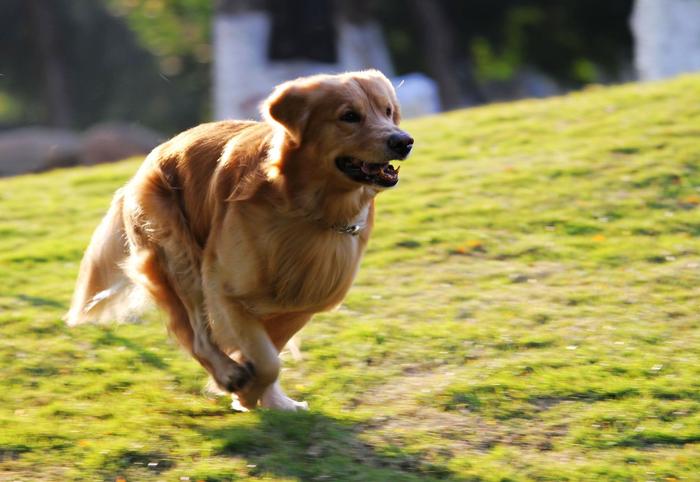As a responsible dog owner, ensuring the health and well-being of your furry friend is a top priority. Unfortunately, many owners unknowingly engage in behaviors that can harm their dog’s spine and joints, potentially leading to paralysis. This article highlights six specific actions to avoid in order to protect your dog’s mobility and overall health.

1. Allowing Your Dog to Walk Upright
Why Upright Walking Is Harmful
You may have seen videos online of dogs walking on their hind legs, sometimes even wearing little backpacks. While it may appear cute and entertaining, this behavior is detrimental to your dog’s physical structure.
- Physiological Issues:
- Dogs are not designed to walk upright; doing so places significant strain on their spine and hind legs.
- The unnatural posture can lead to long-term spinal problems, discomfort, and potentially paralysis.
It’s essential to discourage upright walking and promote natural movement for your dog’s well-being.
2. Riding a Bicycle with Your Dog
The Risks of Biking with Your Dog
Many dog owners opt for biking as a way to exercise their pets, thinking it’s an efficient way to get both exercise and companionship. However, this practice can be hazardous for your dog.
- Potential Injuries:
- Dogs must run at a high speed to keep up, which can lead to overexertion and injury.
- The strain on their joints and spine during rapid movement increases the risk of long-term damage.
Instead of biking, consider taking leisurely walks where your dog can maintain a comfortable pace.
3. Forcing Your Dog to Hold Their Urine
The Dangers of Holding Urine
Many dogs have been trained to wait until they are let outside to relieve themselves. However, forcing your dog to hold their urine for extended periods can be harmful.
- Health Risks:
- Holding urine can lead to urinary tract infections and bladder stones, which may cause significant discomfort.
- This practice can result in lumbar pain and negatively affect spinal health.
To promote a healthy bladder, ensure your dog has regular opportunities to relieve themselves throughout the day.
4. Frequent Stair Climbing
Why Stairs Can Be Dangerous for Dogs
Dogs, particularly those with longer torsos and shorter legs, often struggle with stairs. Regularly climbing stairs can lead to severe injuries over time.
- Joint and Spine Issues:
- Constant stair climbing puts undue stress on your dog’s spine and joints, increasing the likelihood of injury.
- For small or medium breeds, consider using harnesses or ramps to assist them with stairs.
Minimize stair use whenever possible to protect your dog’s mobility and health.
5. Taking Your Dog Hiking
The Risks of Hiking for Dogs
While outdoor activities are great for exercise, hiking can pose risks, especially for dogs with pre-existing health conditions.
- Physical Strain:
- The uneven terrain and elevation changes put significant pressure on your dog’s spine and joints.
- Prolonged hiking can lead to spinal injuries and increased risk of paralysis.
Opt for gentler activities, such as short walks or play sessions in safe environments, to keep your dog active without excessive strain.
6. Allowing Your Dog to Become Overweight
The Dangers of Obesity in Dogs
Many owners mistakenly believe that heavier dogs are cuter. However, obesity can severely affect your dog’s health and mobility.
- Health Consequences:
- Excess weight adds stress to your dog’s joints and spine, increasing the risk of injuries and chronic conditions like diabetes and heart disease.
- Maintaining a healthy weight can improve your dog’s quality of life and longevity.
Monitor your dog’s diet carefully, opting for high-quality food with an appropriate fat content, and engage them in regular exercise to maintain a healthy weight.
Conclusion
Being a responsible dog owner means recognizing behaviors that may inadvertently harm your furry friend. By avoiding these six dangerous actions—allowing upright walking, biking with your dog, forcing them to hold their urine, frequent stair climbing, hiking, and permitting obesity—you can help protect your dog’s spine and joints, preventing the risk of paralysis.
Always prioritize your dog’s health and well-being by ensuring they have a balanced diet, regular exercise, and a safe living environment. A little awareness goes a long way in keeping your canine companion healthy and happy.

Comments (0)